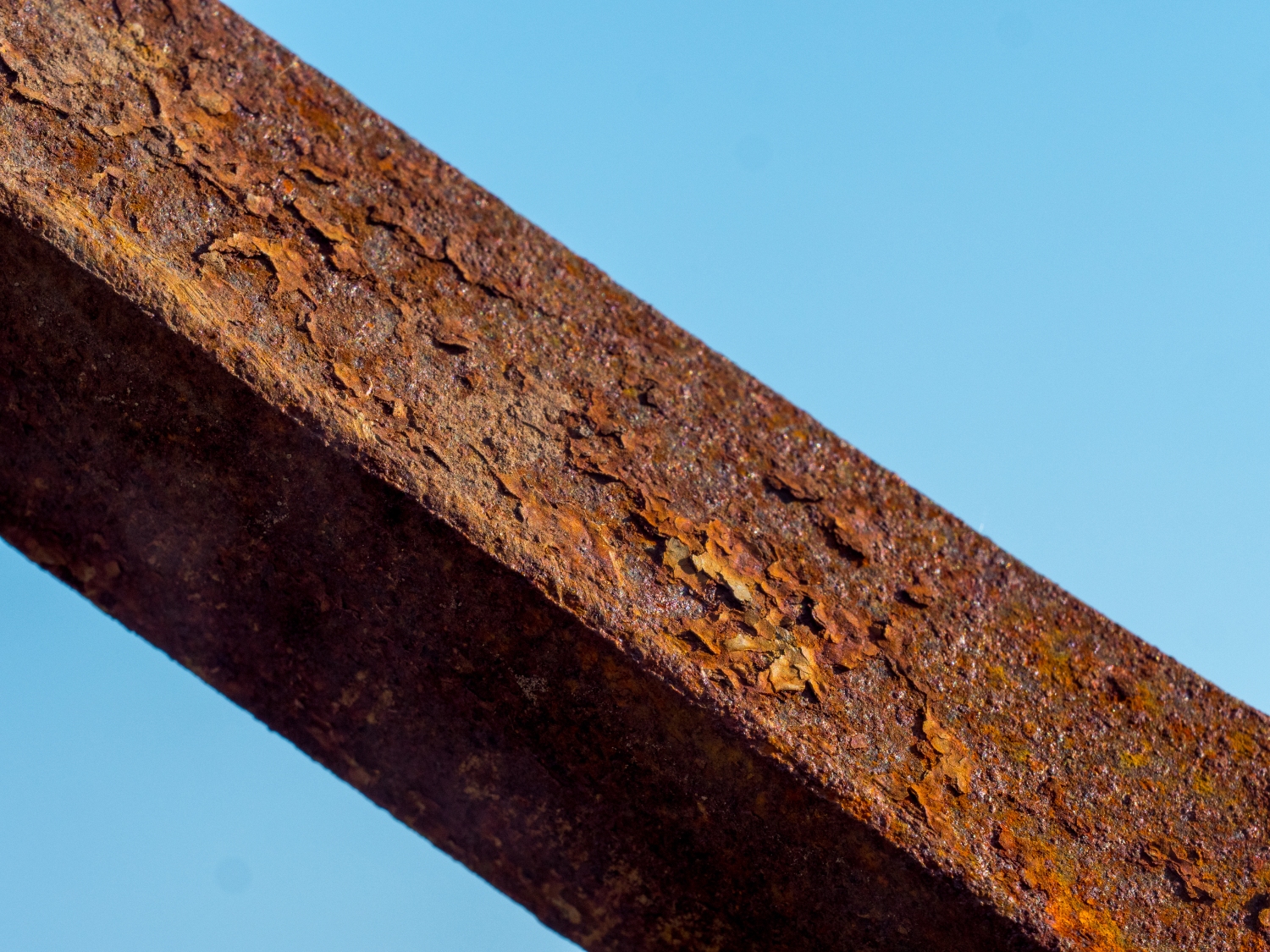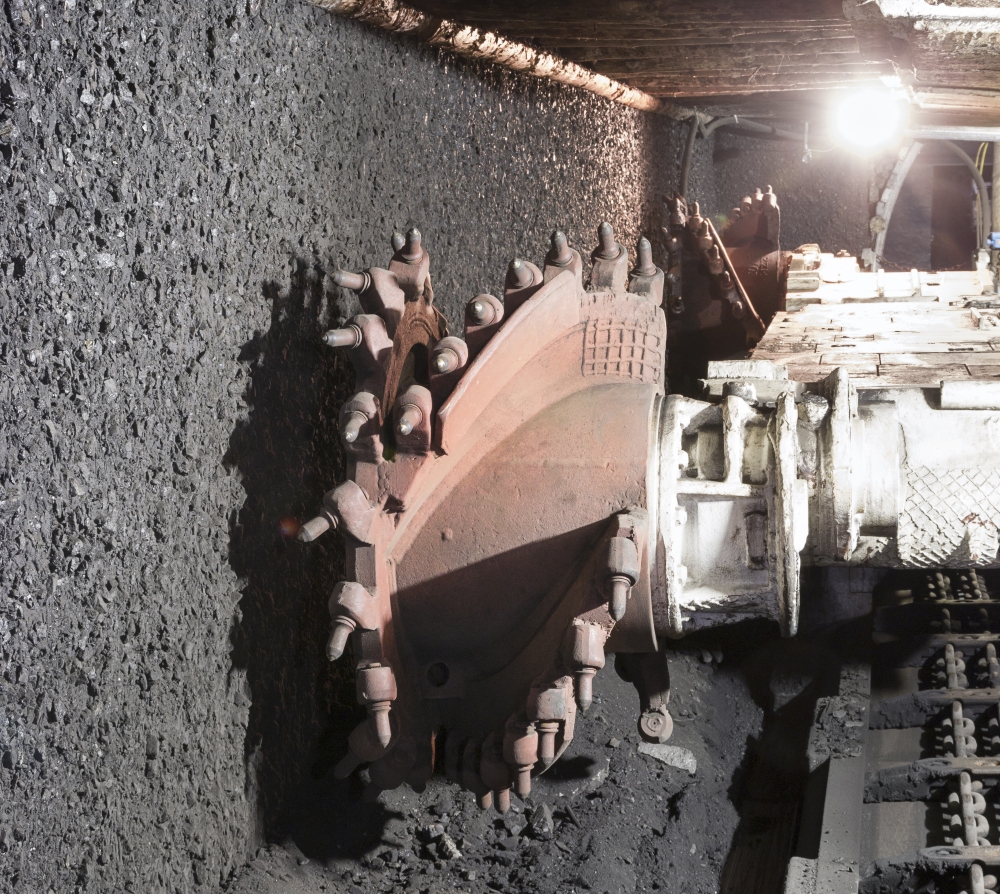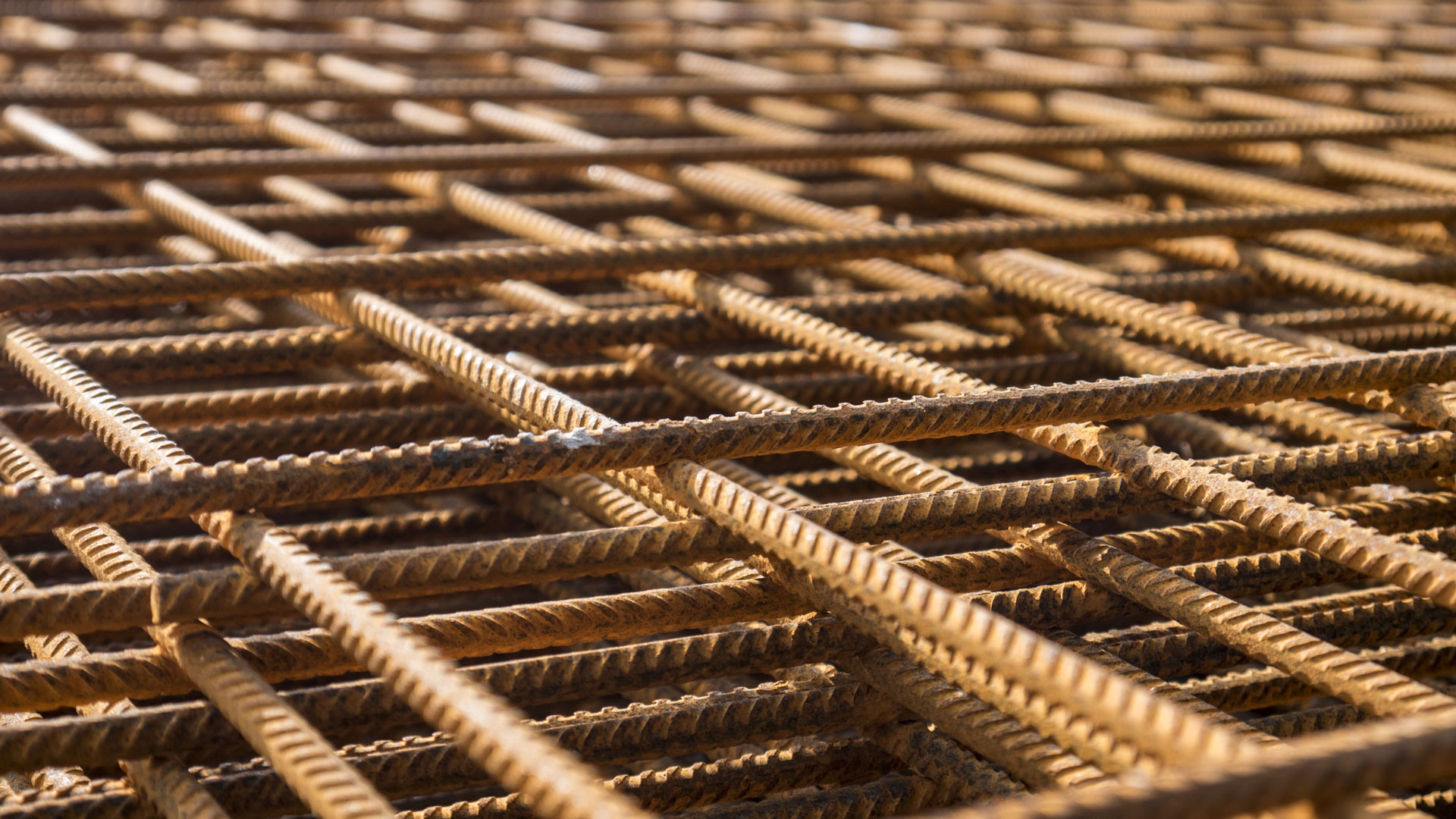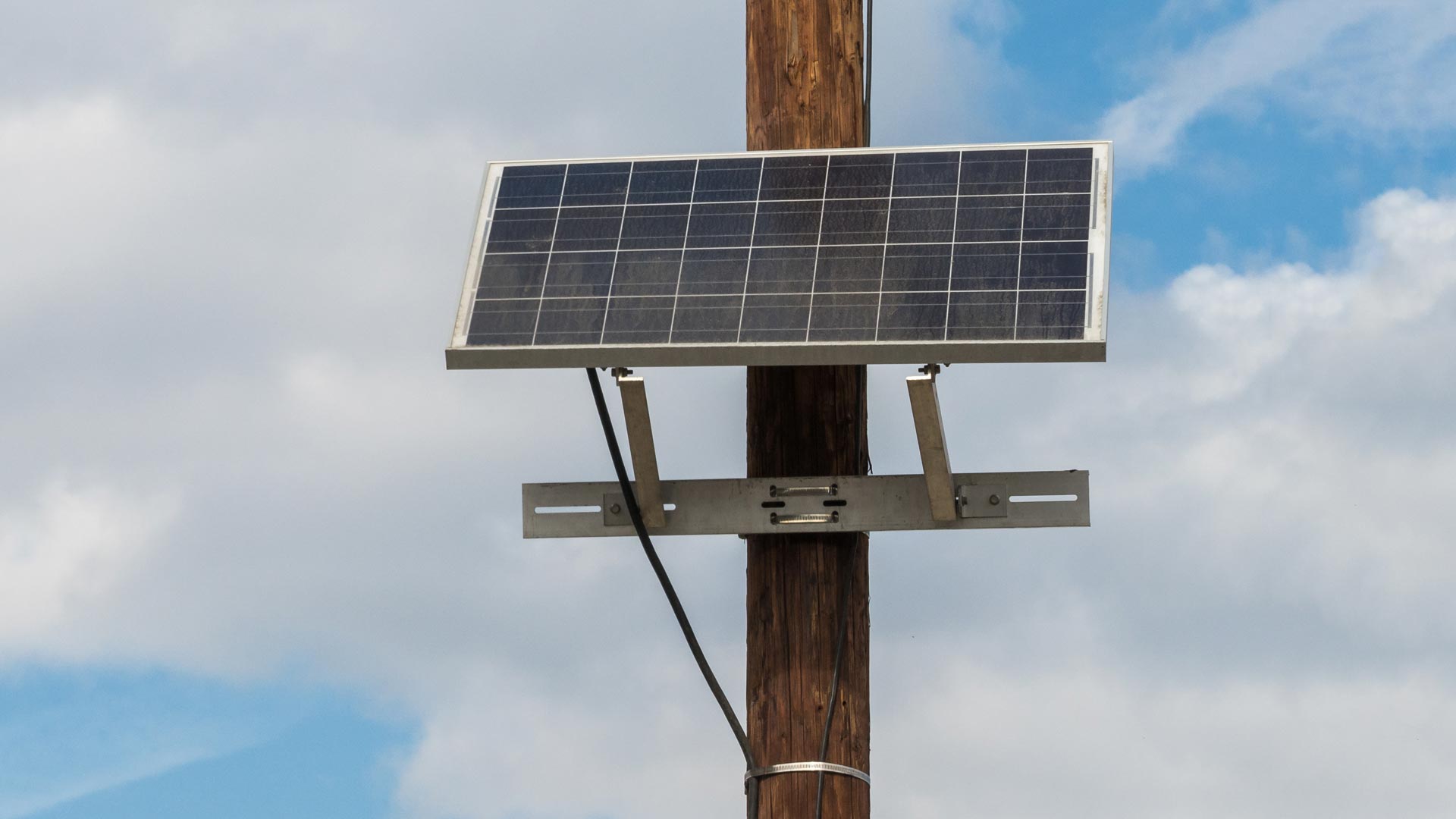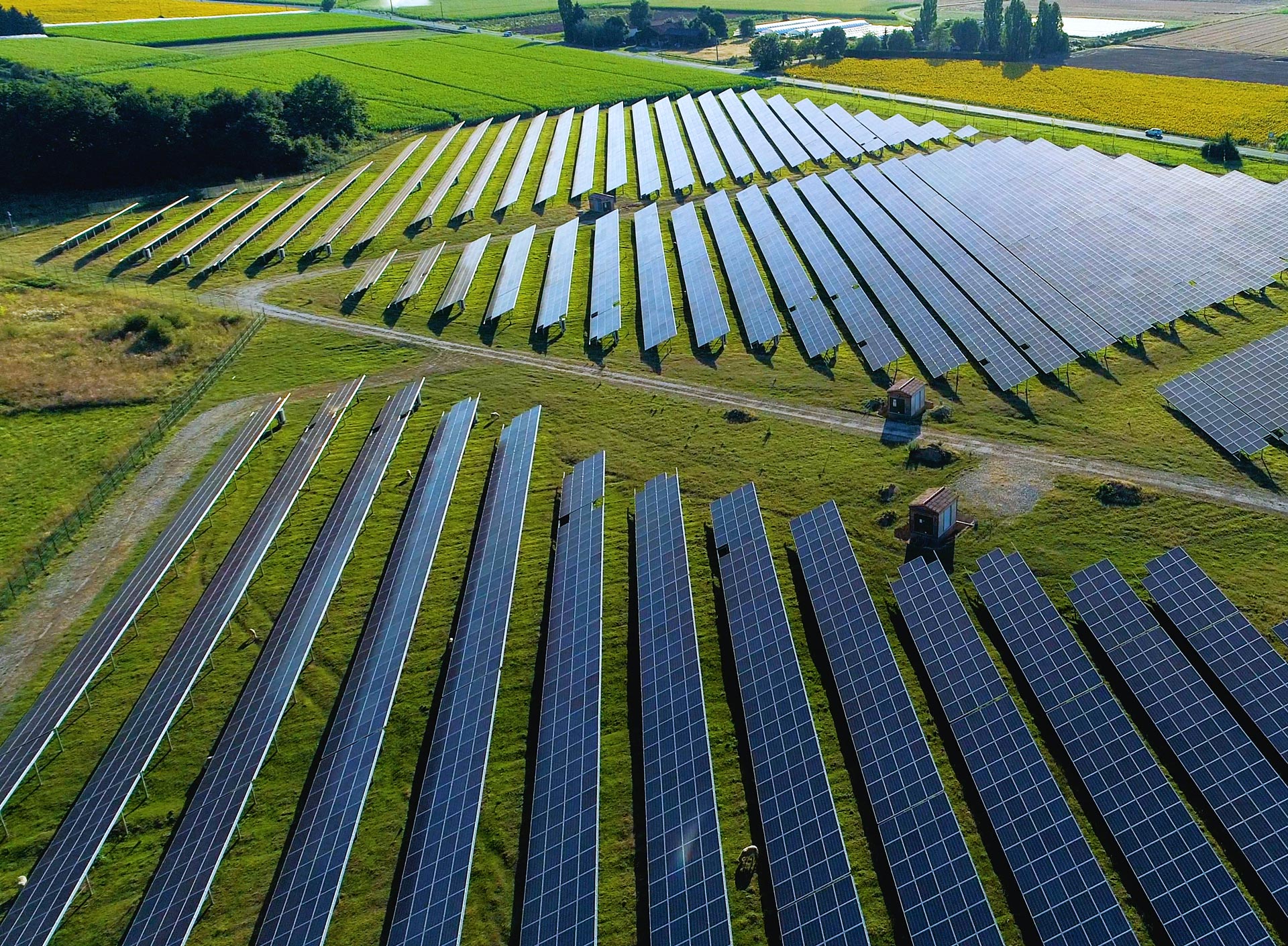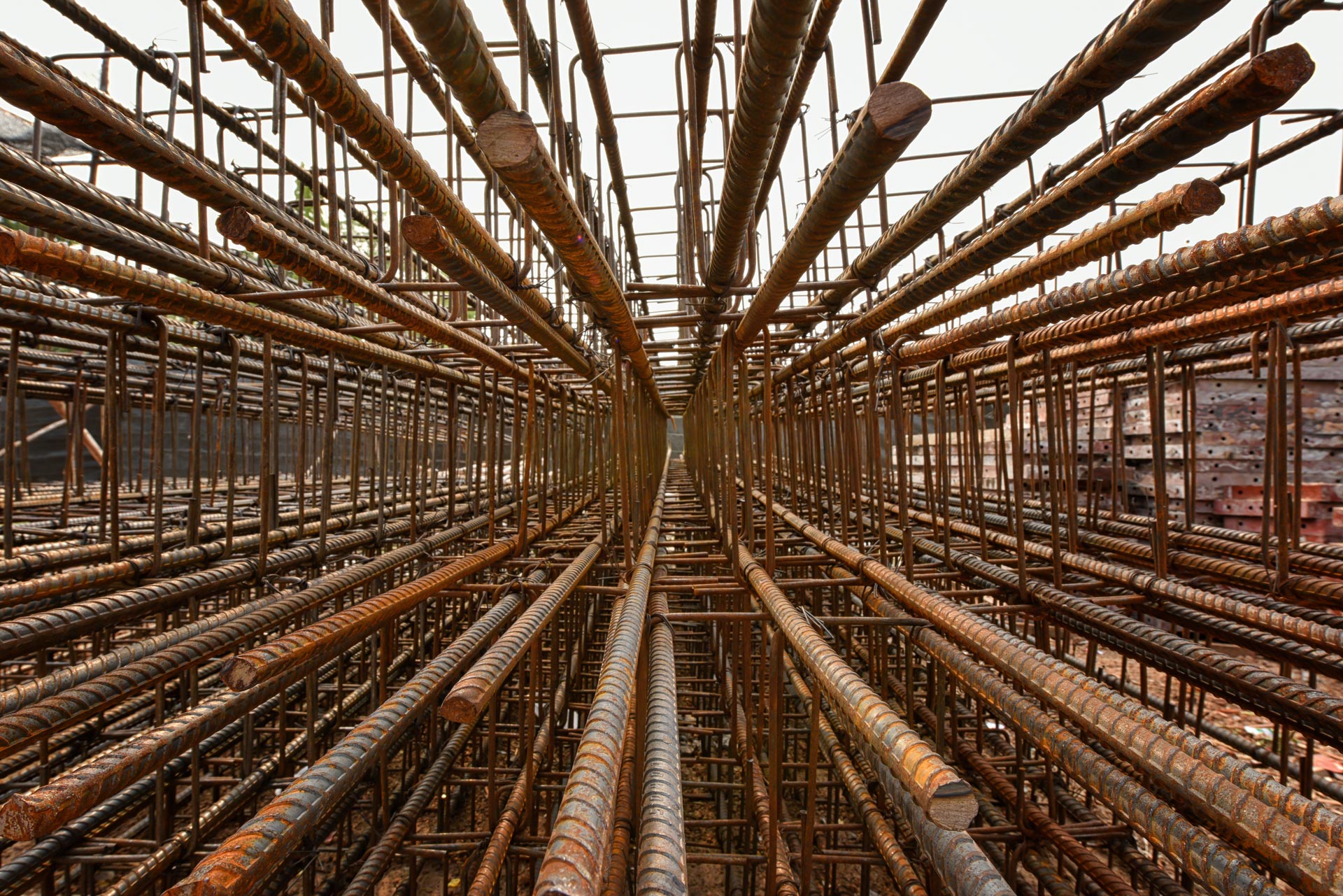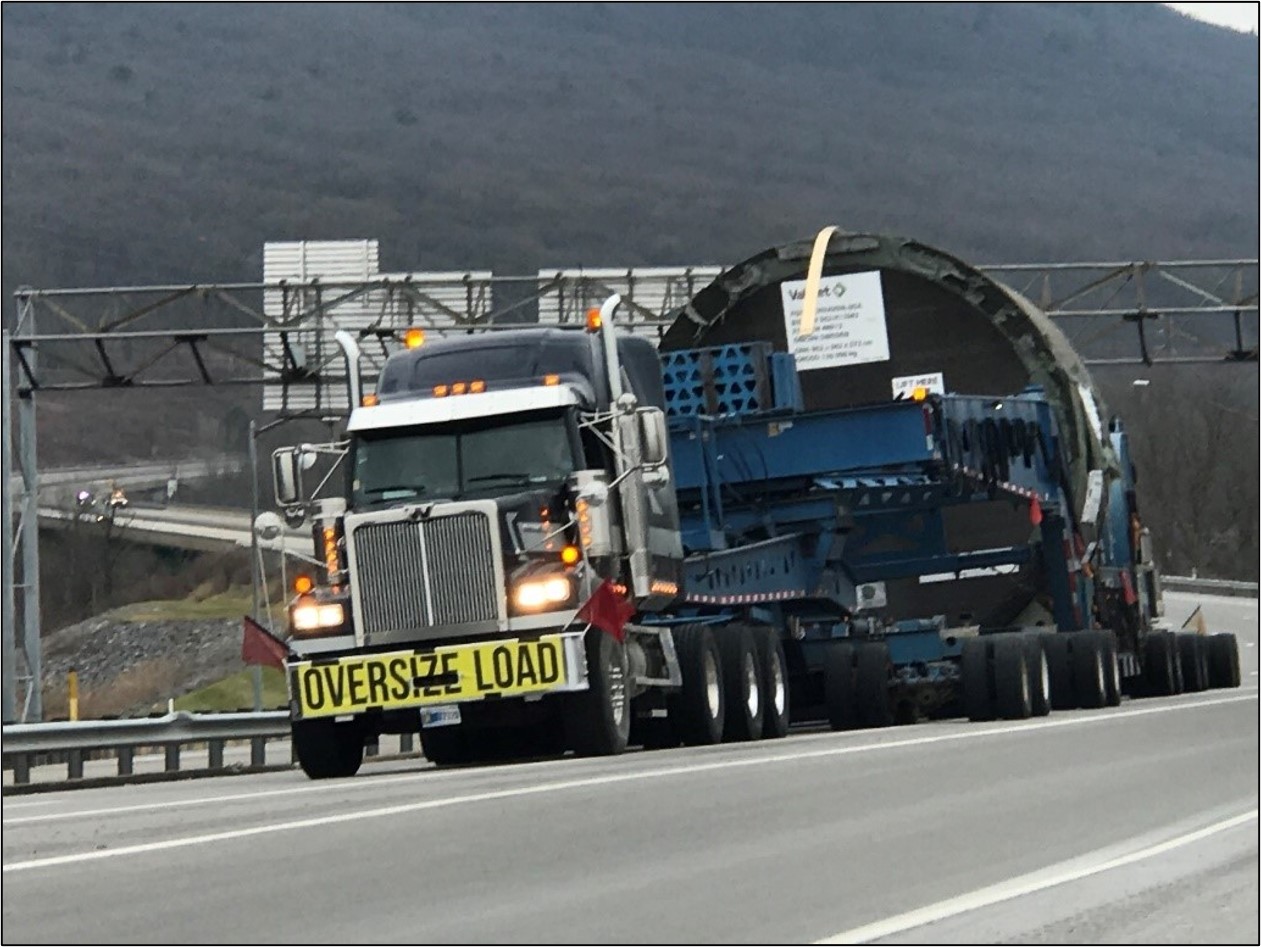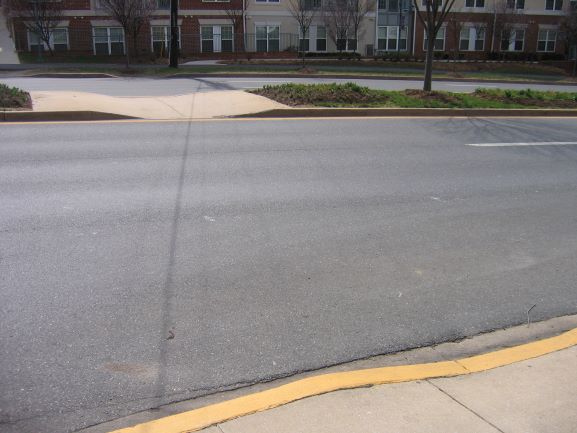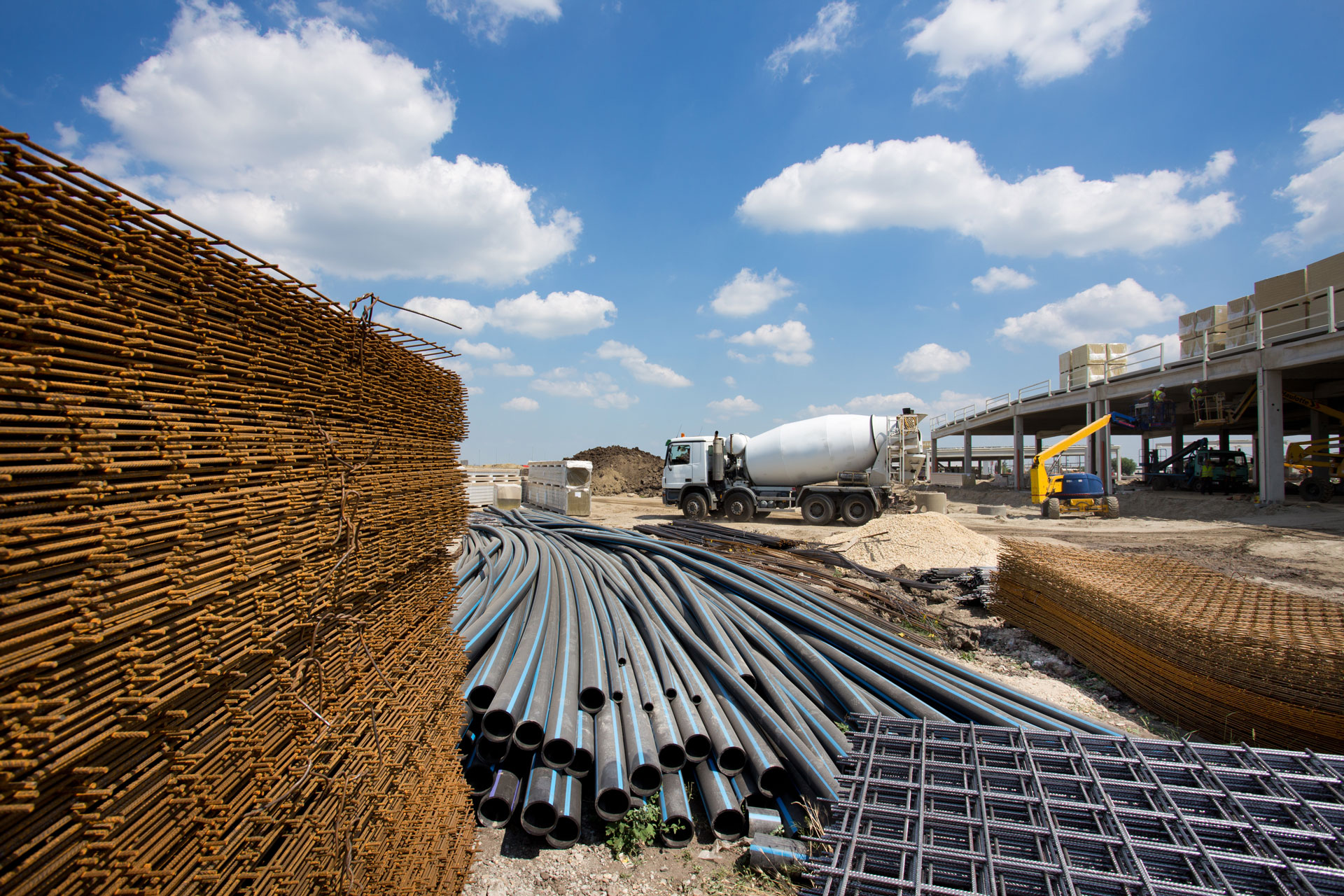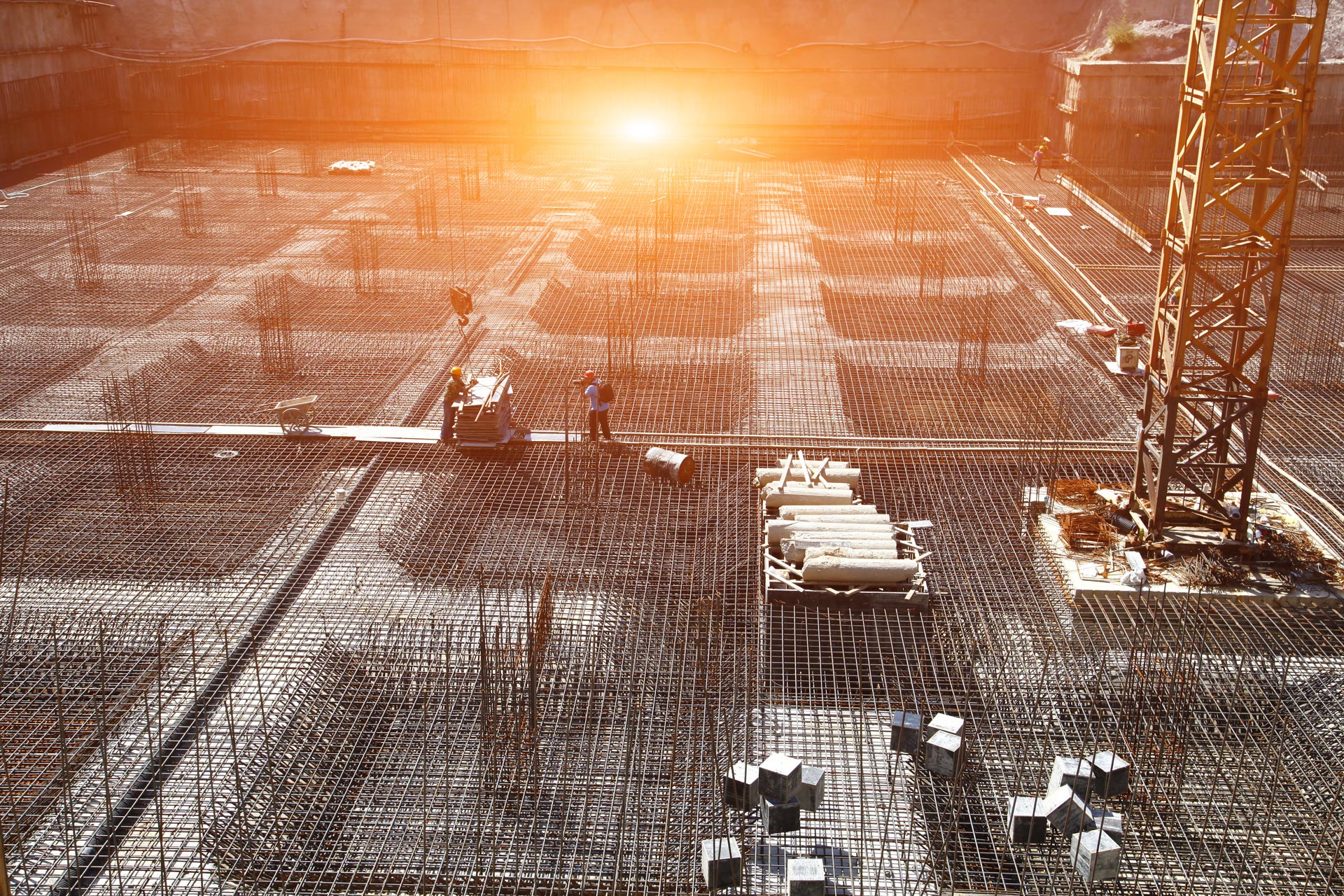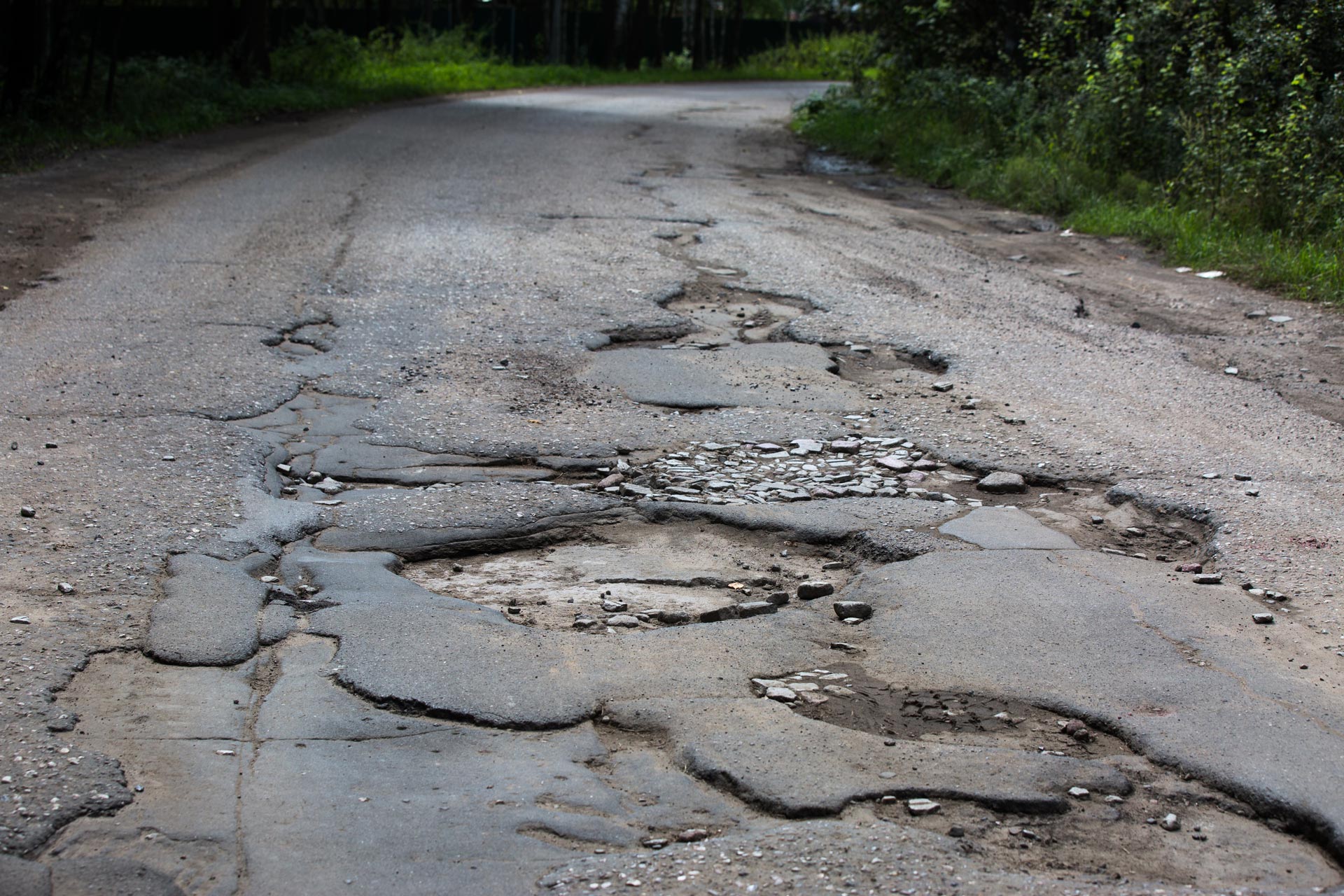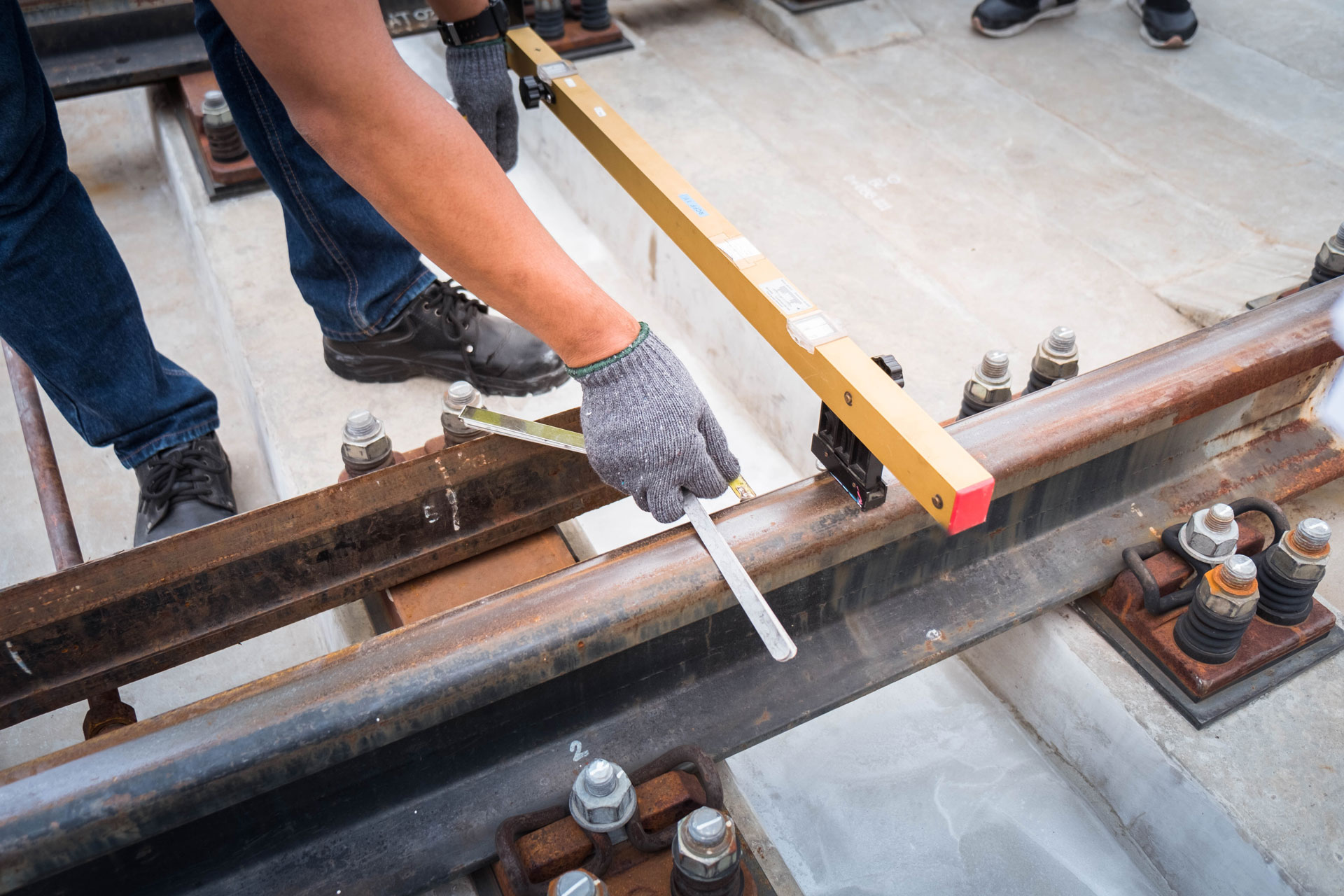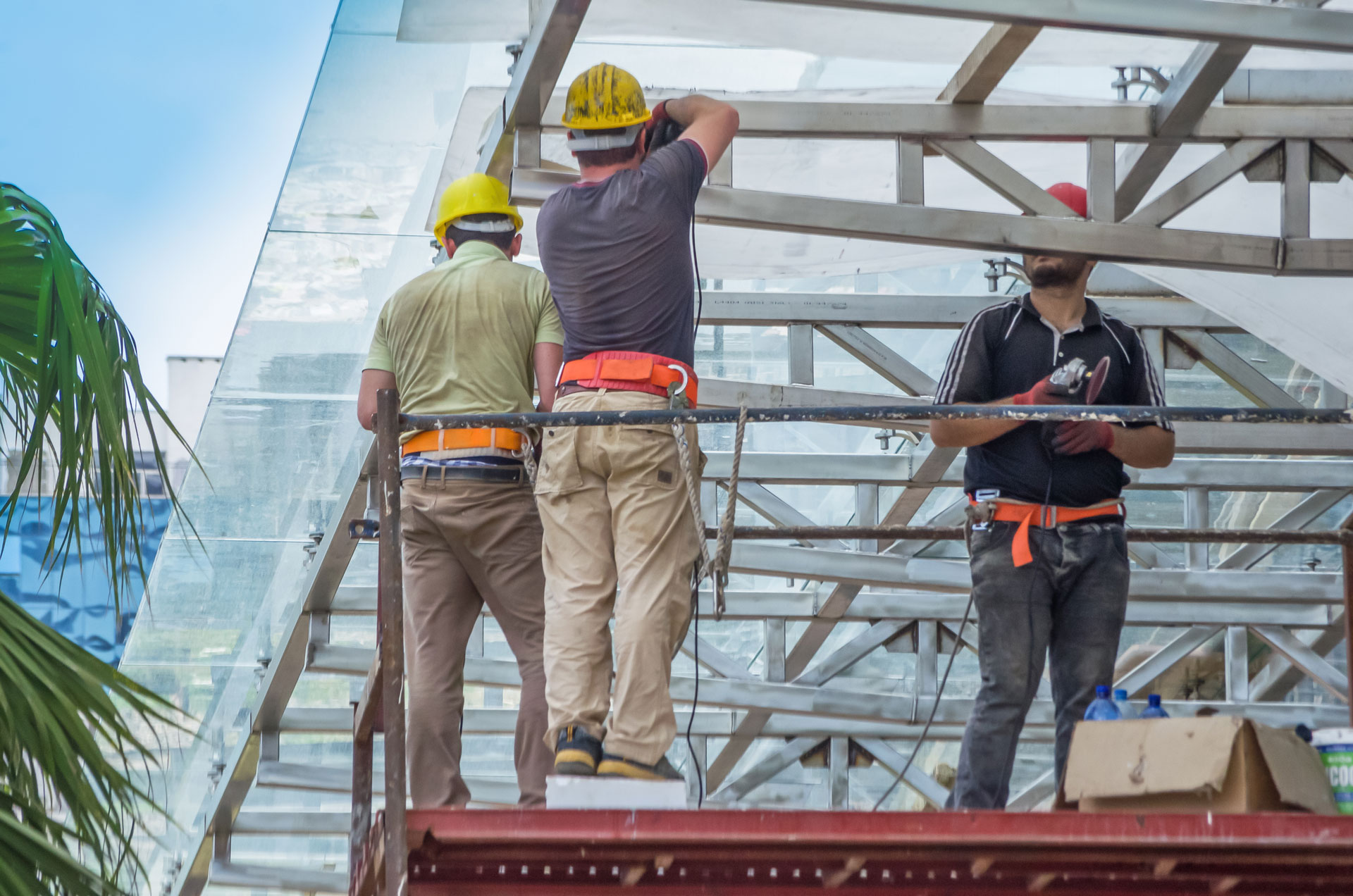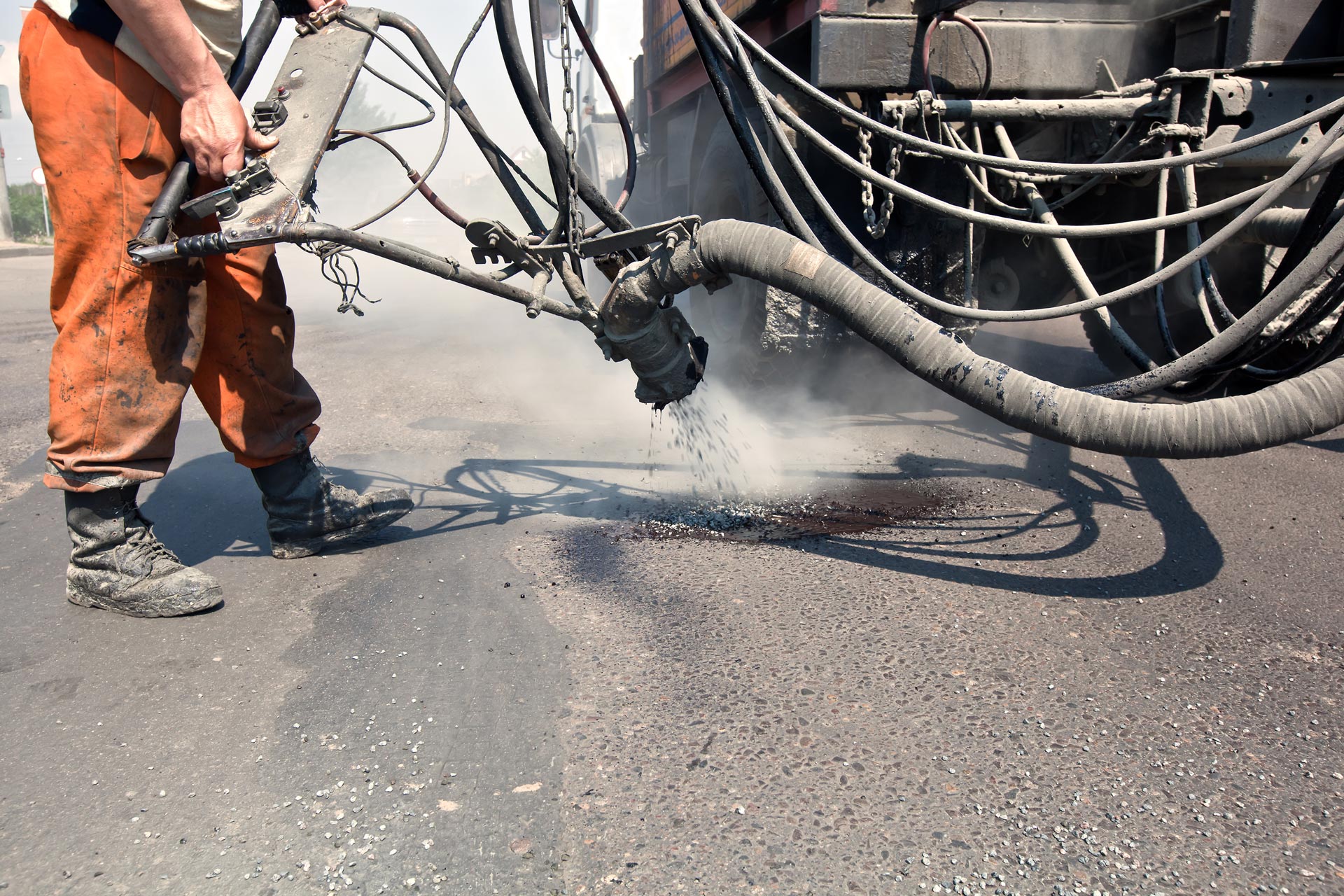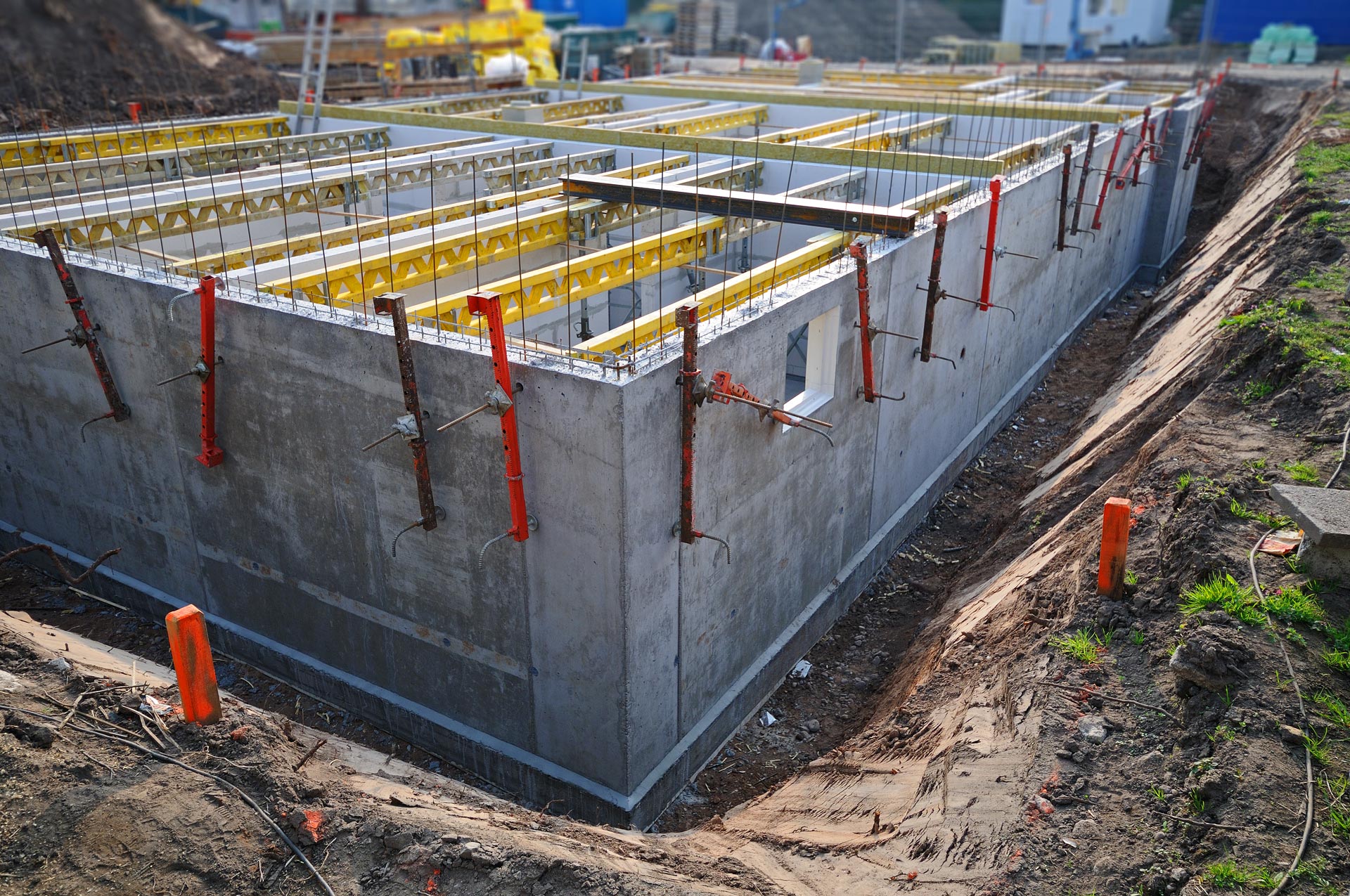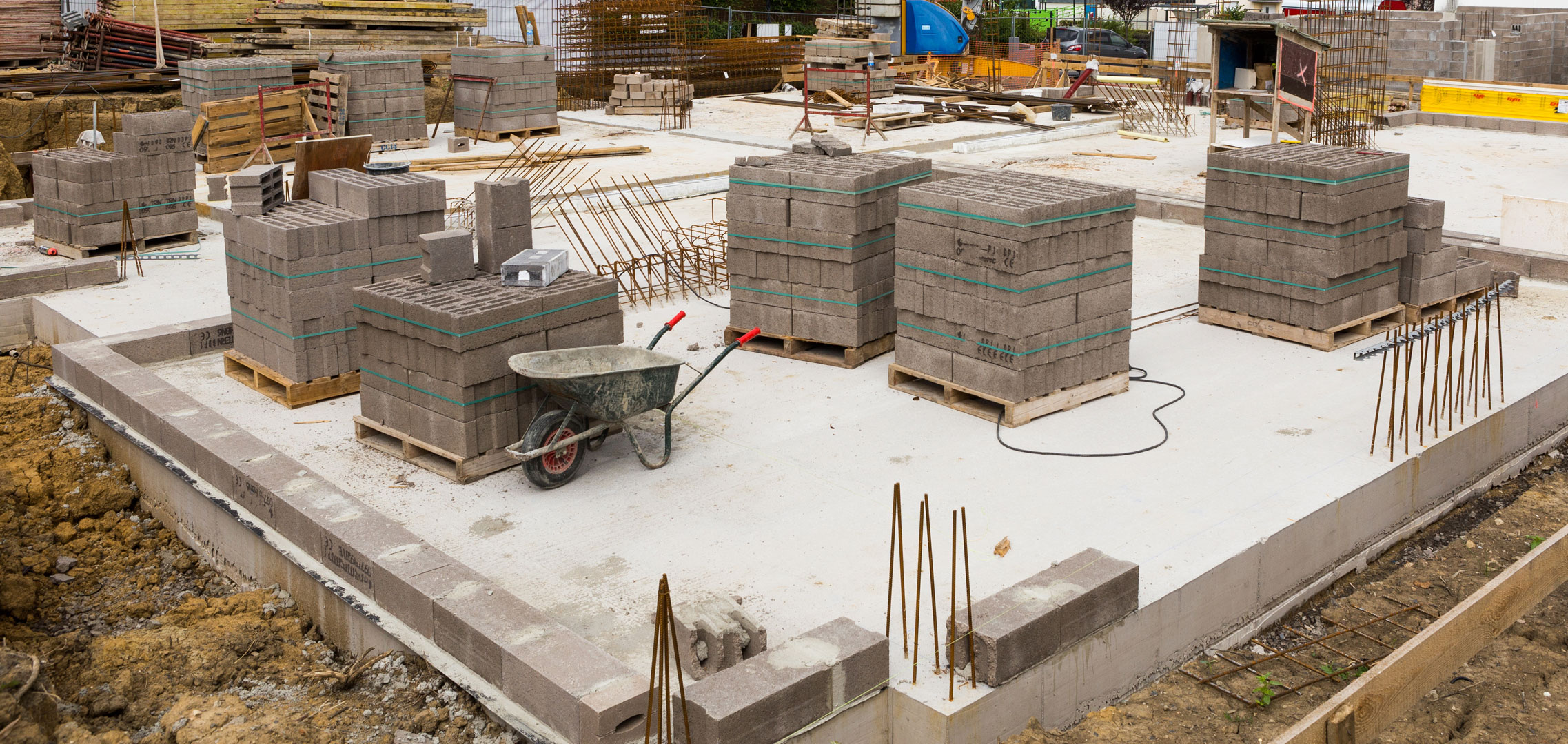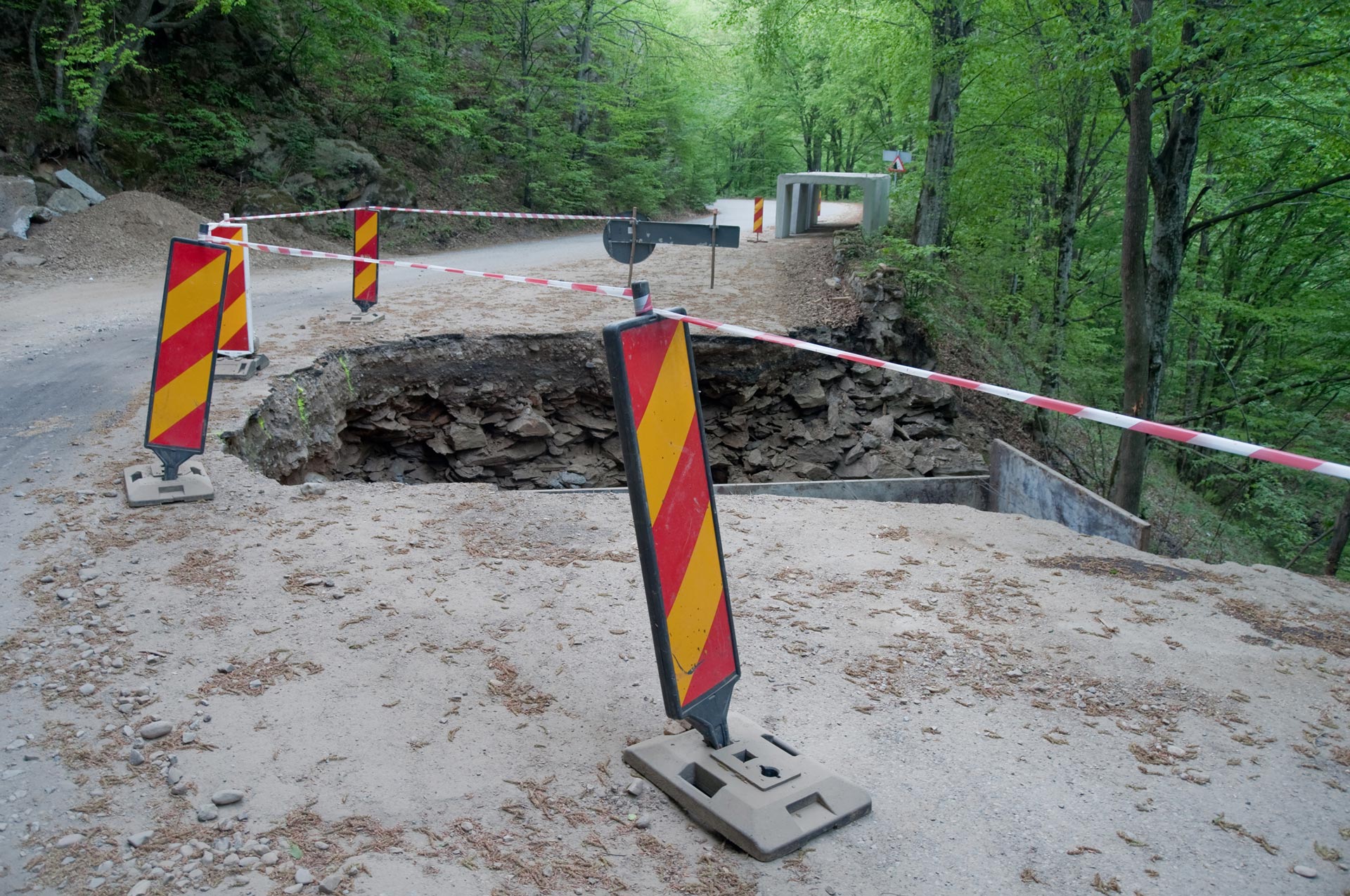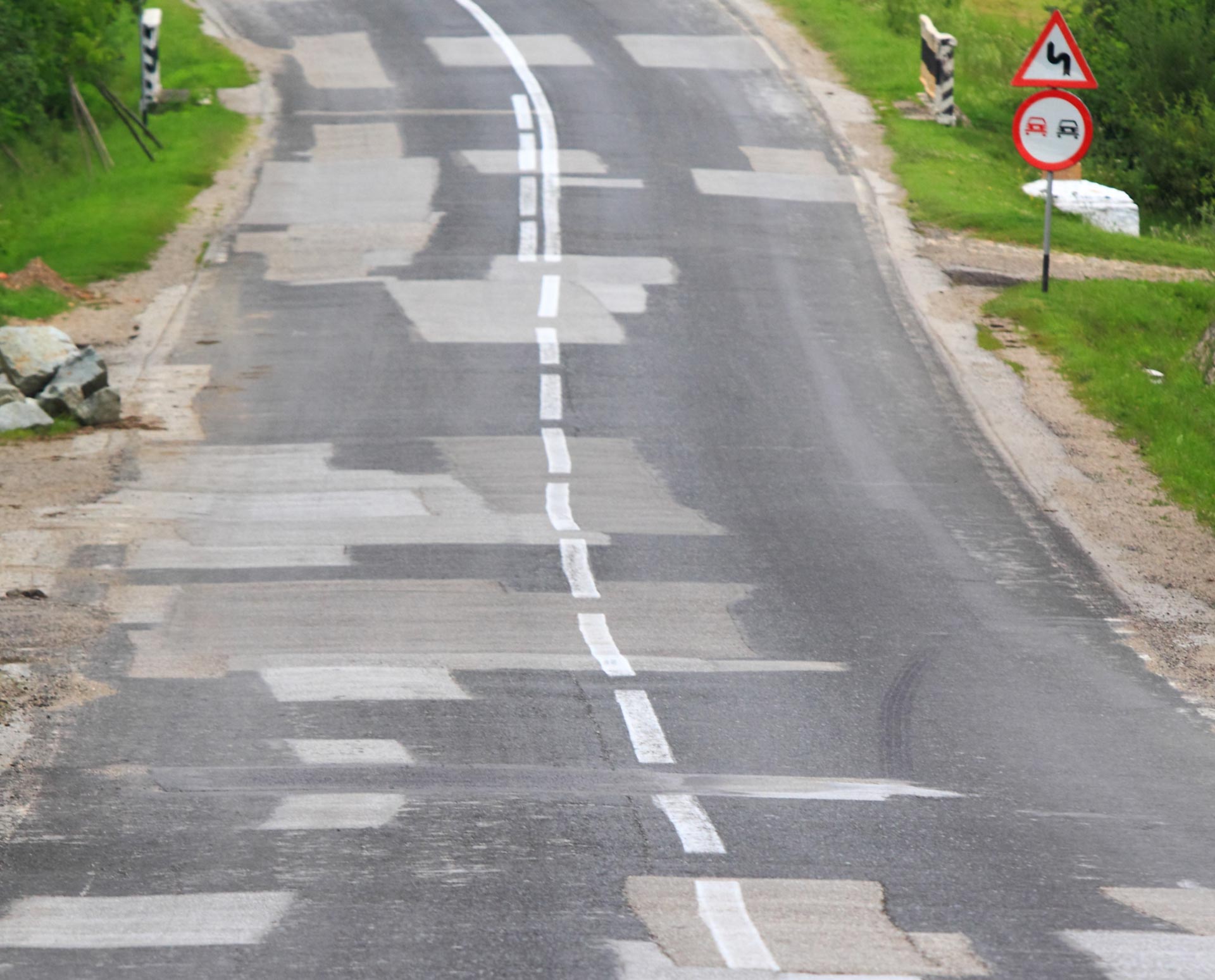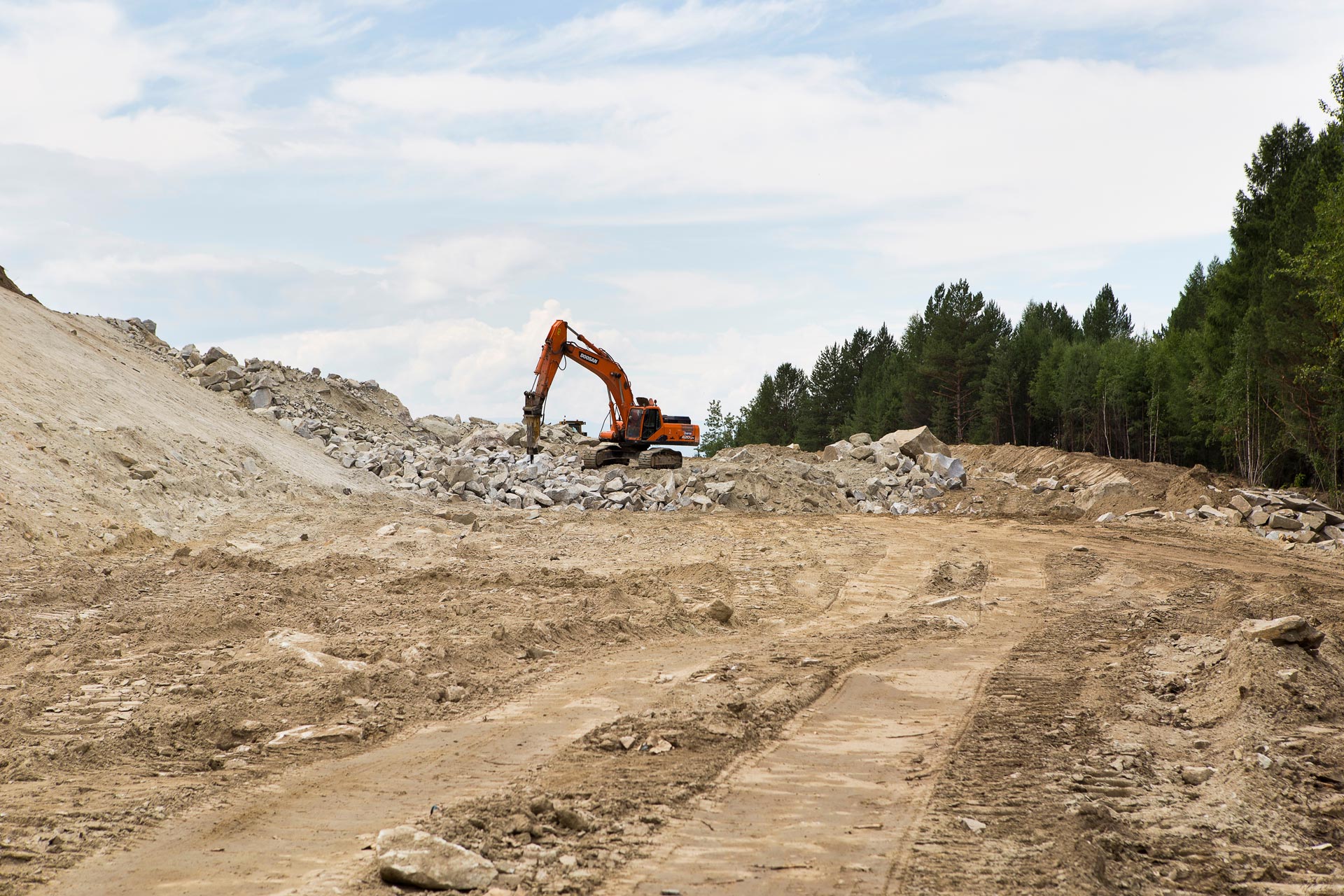Improved Performance of Jointed Plain Concrete Pavements (JPCP) Through a Better Awareness of Drying Shrinkage
Background: Long-term drying shrinkage and early-age plastic shrinkage cracking can affect the performance of jointed plain concrete pavements (JPCPs). The plastic shrinkage cracks develop while the concrete is still fresh. This occurs when the rate of evaporation of the moisture on the surface of the concrete exceeds the bleeding rate. While plastic shrinkage cracking affects the durability, long-term drying shrinkage affects the fatigue life. This study evaluates current Pennsylvania Department of Transportation specifications and practices pertaining to the paving mix design and construction, specifically finishing and curing, and their effects on long-term performance. This specification review was supplemented by a laboratory study to evaluate curing and mix design enhancements.
Findings: A review of the performance of in-service pavements revealed plastic shrinkage cracks commonly develop in JPCP constructed in Pennsylvania. The curing and finishing construction practices and specifications were reviewed to identify potential causes and it was found that improvements could be made to reduce the potential for plastic shrinkage cracking. These improvements address both the type of curing compound used as well as the method used for application. It was also found that excessive water added to the pavement surface during the burlap drag finishing is increasing the water-to-cement ratio at the surface, and thereby reducing the strength. This increases the potential for plastic shrinkage cracking as well. Finally, it was determined that the drying shrinkage could be decreased and the durability increased if the water-to-cement ratio was lowered and a more densely graded aggregate specified.
Results: The curing compound study performed revealed statistically significant differences between the different curing methods. The moisture loss was lower and the early-age concrete material properties, specifically compressive strength and permeability, were improved for specimens with the poly alpha methylstyrene resin cure. Additionally, the specification review and site visits revealed that PennDOT would benefit from removing the wet burlap drag from the finishing process unless it is being used to provide texture for the final finish. Currently any texture provided by the drag is being removed by the finishers working behind the drag and, at times, the process is used to add excessive moisture to the pavement surface. The mix design investigation revealed that both lowering the water-to-cement ratio and using a more densely-graded aggregate, as compared to current PennDOT paving mixes, will result in a lower cement demand and therefore less shrinkage. The mix would also be less susceptible to segregation and durability issues.
Recommendations: As a result of this study, the following recommendations have been made:
- PennDOT should require a curing compound with a poly alpha methylstyrene resin rather than the currently required wax-based compound.
- A denser aggregate gradation in the paving mix would reduce the cement demand and therefore reduce drying shrinkage and increase durability. The Shilstone methodology can be used for establishing this gradation.
- A target 0.40 water-to-cement ratio is recommended for paving mixes.
- The practice of pulling a soaked burlap drag immediately behind the paving equipment but before the finishing practice should be eliminated. If used, the wet burlap drag should occur after finishing and only to add texture but without adding excessive water to the surface.
- The application of liquid membrane forming curing compounds should be done exclusively with mechanized equipment for mainline paving and no hand spraying should be allowed to avoid a nonuniform application.

